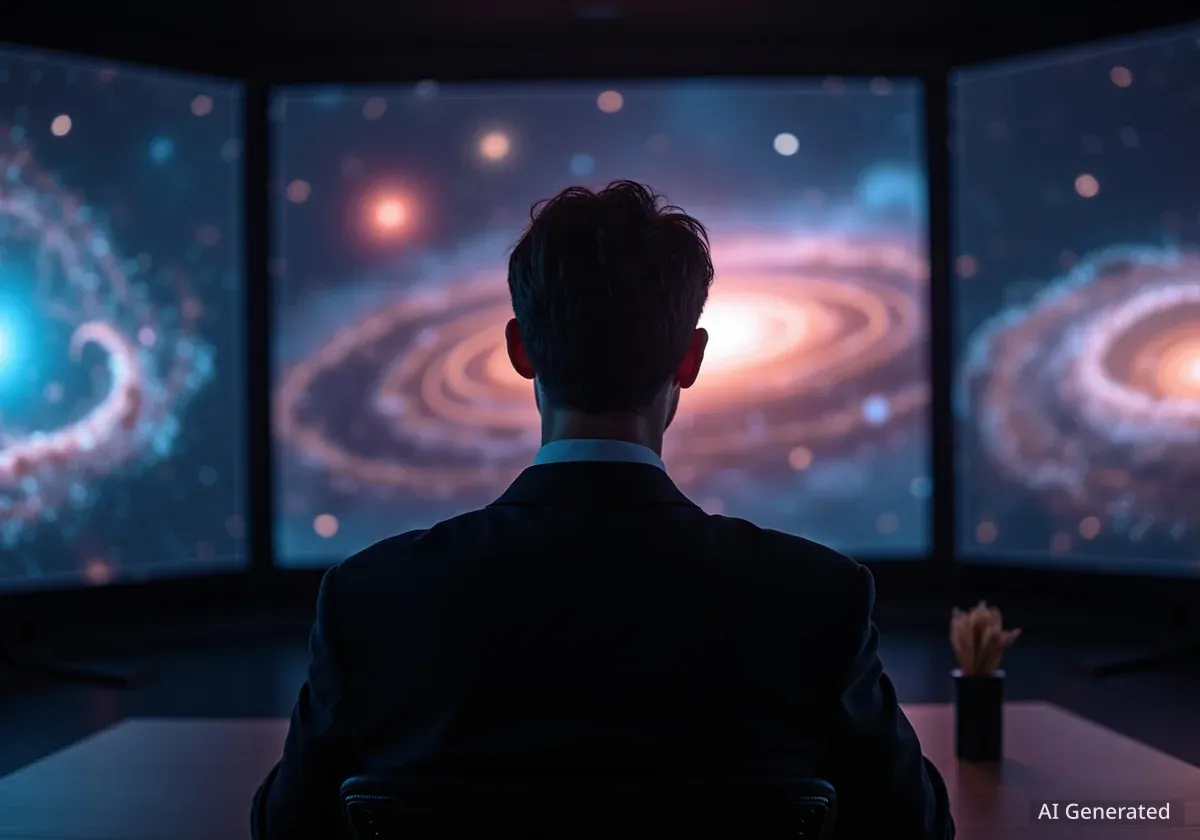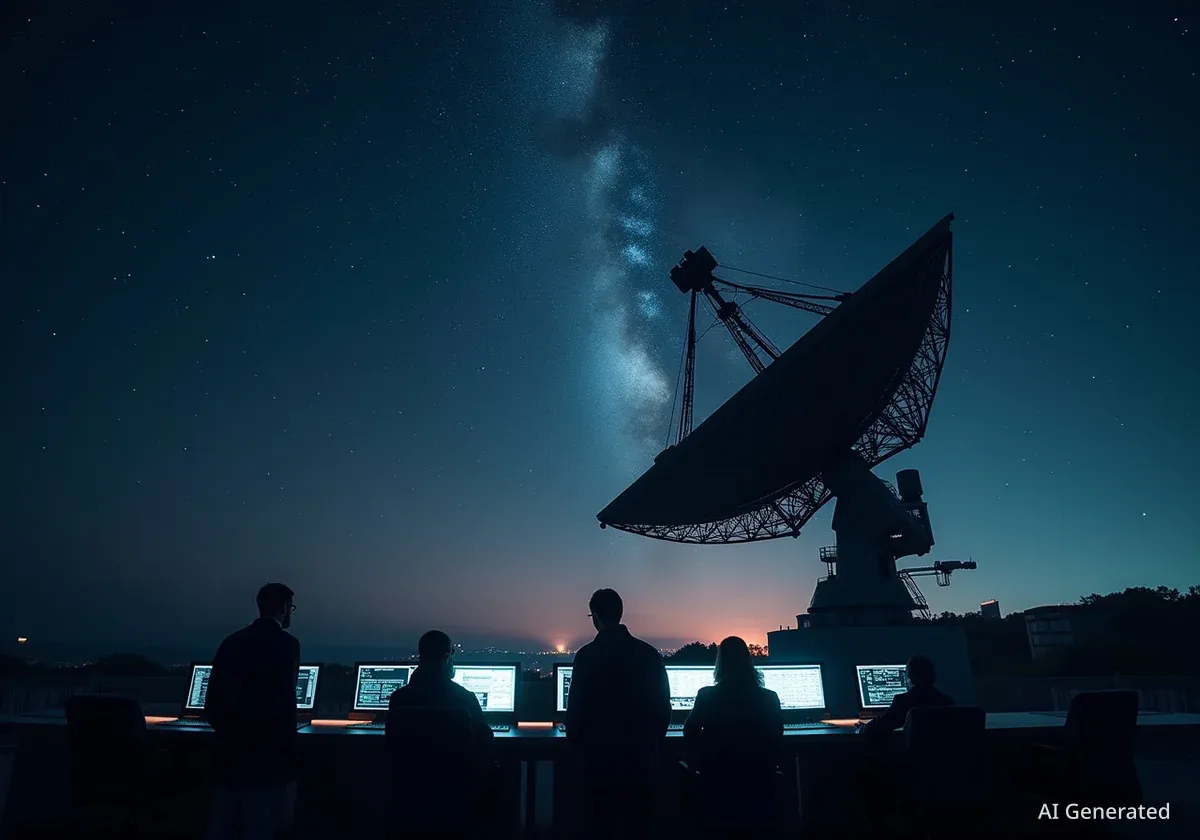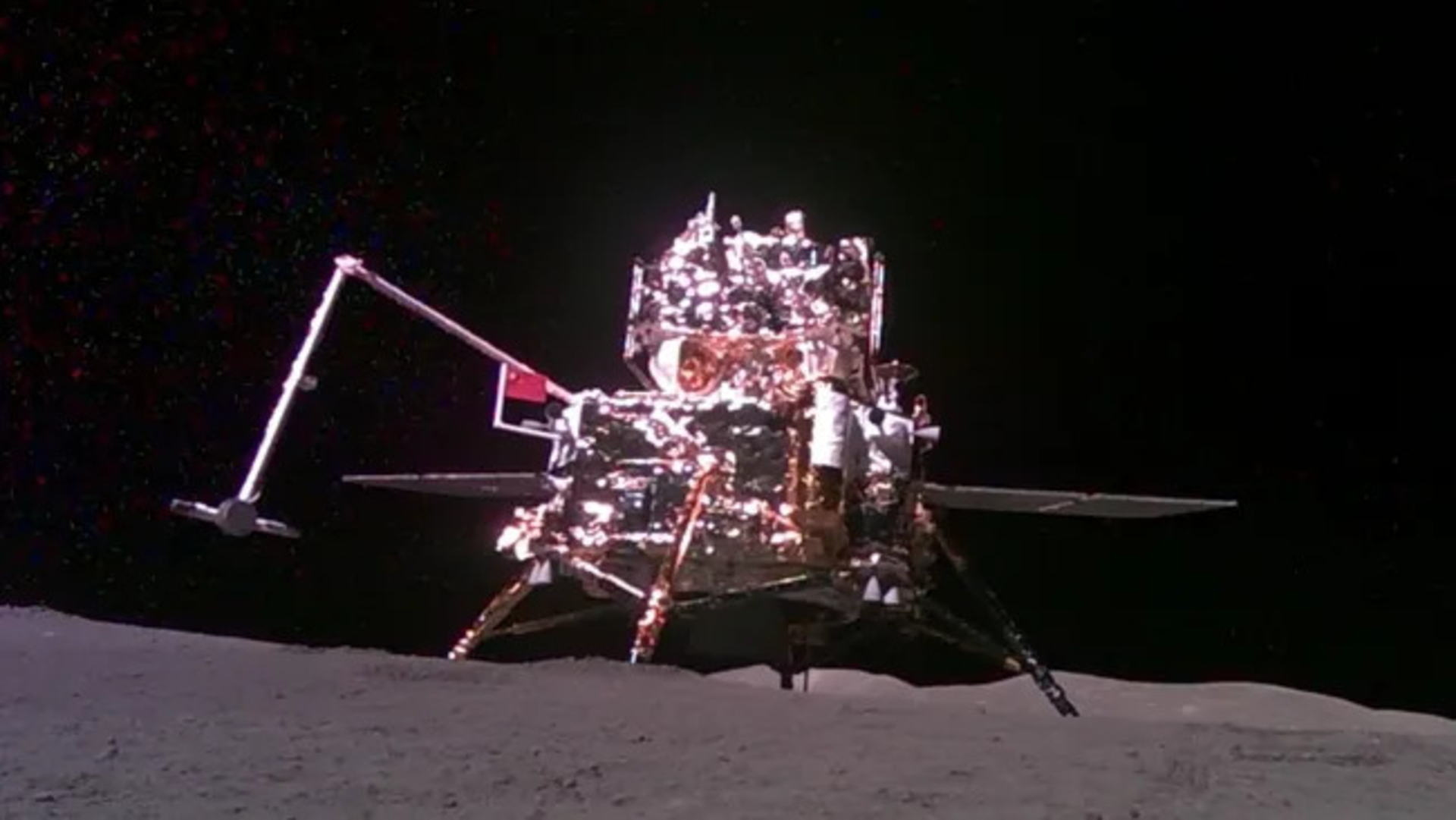Astronomers using NASA's Hubble Space Telescope have identified a distant galaxy, MCG-01-24-014, that is emitting a type of light previously thought to be impossible under known cosmic laws. Located 275 million light-years from Earth, this galaxy's unusual characteristics are prompting a re-evaluation of fundamental principles in astrophysics.
The phenomenon, labeled 'forbidden light,' originates from the galaxy's exceptionally active core. This discovery challenges the established models that scientists have used for centuries to understand the chemical composition and behavior of celestial objects.
Key Takeaways
- A galaxy named MCG-01-24-014, 275 million light-years away, is emitting what scientists call 'forbidden light'.
- The galaxy's core, an Active Galactic Nucleus (AGN), is unusually bright, outshining its host galaxy.
- This observation defies the standard behavior expected from its classification as a Type-2 Seyfert galaxy.
- The discovery may require new models to explain the physics of light and matter in the universe.
An Anomaly in Deep Space
Data from the Hubble Space Telescope revealed the galaxy MCG-01-24-014 exhibiting behavior that does not align with current astronomical frameworks. At the heart of this galaxy is an Active Galactic Nucleus (AGN), a supermassive black hole surrounded by a swirling disk of gas and dust that emits intense radiation.
While AGNs are common, the one in MCG-01-24-014 is so luminous that it completely outshines the combined light of all the stars in its host galaxy. This level of brightness is unexpected for its specific classification, drawing significant attention from the scientific community.
How Light Reveals Cosmic Secrets
Astronomers typically study the universe by analyzing light. When atoms are heated, they absorb and emit light at specific, predictable wavelengths. These patterns, known as spectra, act like a barcode, revealing a celestial object's chemical makeup, temperature, and density. This foundational method has allowed for the identification of stars, galaxies, and black holes across vast distances.
Understanding 'Forbidden Light'
The light from MCG-01-24-014 has been termed 'forbidden' because it does not follow the established rules of quantum physics that govern these light emissions. The term refers to atomic transitions that are so unlikely to occur under normal laboratory conditions that they were once considered impossible.
In this galaxy, electrons appear to be absorbing and emitting energy at wavelengths that defy conventional expectations. The conditions within the galaxy's core are creating an environment where these rare quantum events can happen, producing a light signature that challenges long-held scientific theories.
"Observing a phenomenon that was long considered forbidden forces us to acknowledge that our understanding of the universe is still incomplete. We are seeing physics at play in ways we cannot yet fully replicate or explain."
The Unique Nature of a Seyfert Galaxy
Astronomers have classified MCG-01-24-014 as a Type-2 Seyfert galaxy. Seyfert galaxies are a class of active galaxies with bright, star-like cores. They are typically divided into two main categories based on their light spectra.
Type-1 Seyferts show broad emission lines, indicating that gas is moving at high speeds close to the central black hole. Type-2 Seyferts, however, have narrower emission lines, suggesting that the central engine is obscured by a thick torus of dust.
An Unprecedented Brightness
A key characteristic of Type-2 Seyfert galaxies is that their active core should not outshine the host galaxy. The observation that MCG-01-24-014's core is brighter than all its stars combined is a direct contradiction of this established classification, making it a rare and important object of study.
Comparing with Quasars
Another type of cosmic object, the quasar, is well-known for having an AGN that outshines its host galaxy. However, quasars and Seyfert galaxies have distinct spectral properties that allow astronomers to tell them apart.
Despite the similarity in brightness, rigorous analysis has confirmed that MCG-01-24-014 is not a quasar. This has led researchers to investigate the specific physical processes within this galaxy that allow it to behave in such an unusual manner for its type.
Implications for the Future of Astronomy
The discovery of 'forbidden light' from MCG-01-24-014 is more than just a curiosity; it signals a potential gap in our knowledge of the cosmos. It suggests that the laws of physics, as understood from terrestrial experiments, may not fully account for the extreme conditions found in the hearts of active galaxies.
This finding reinforces the idea that our models of the universe are constantly evolving. As technology like the Hubble Space Telescope allows for more detailed observations, scientists are frequently confronted with data that pushes the boundaries of theory.
Further study of this and similar galaxies could lead to a new understanding of quantum mechanics and the behavior of matter in high-energy environments. It serves as a reminder that the universe still holds many mysteries, and ignoring such anomalies would be a missed opportunity for scientific progress.





